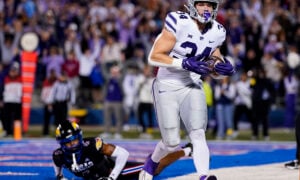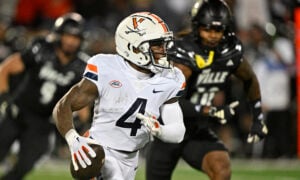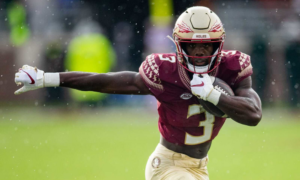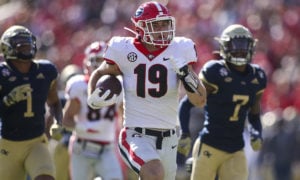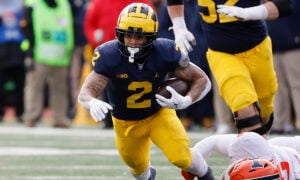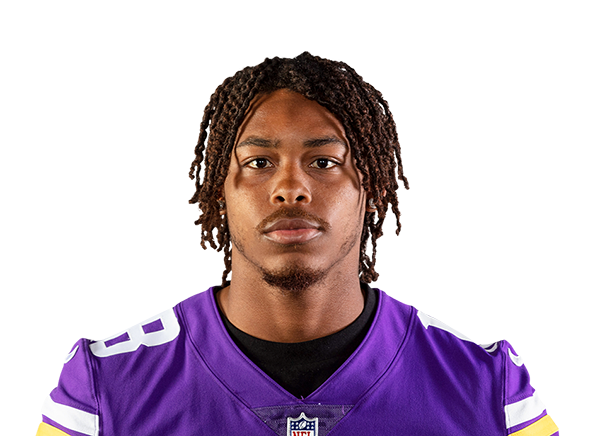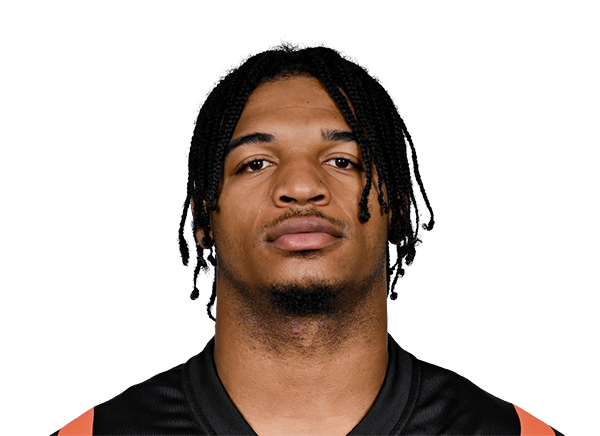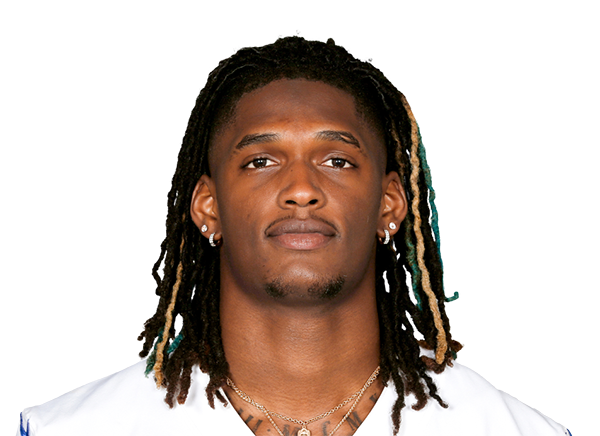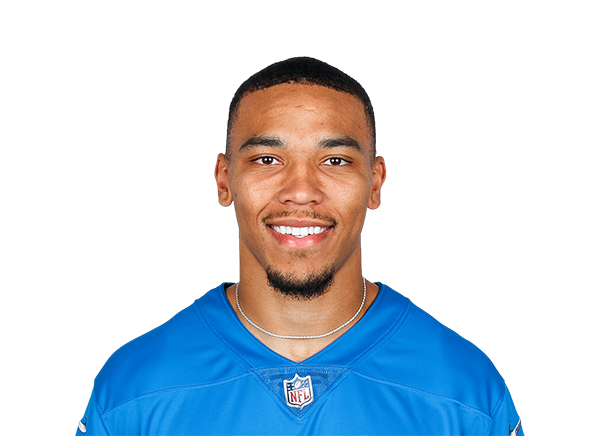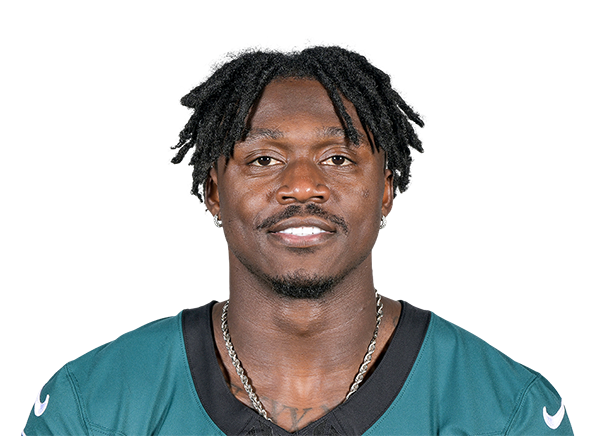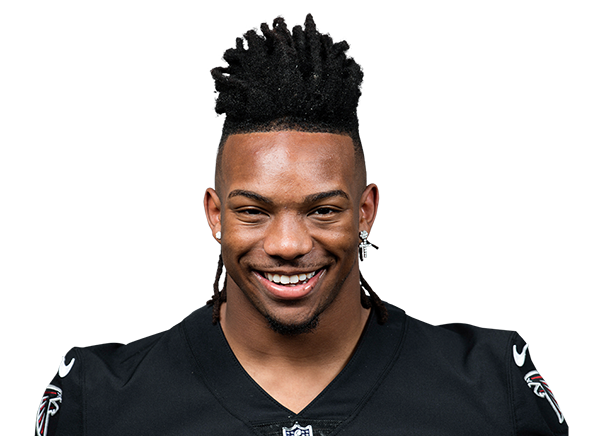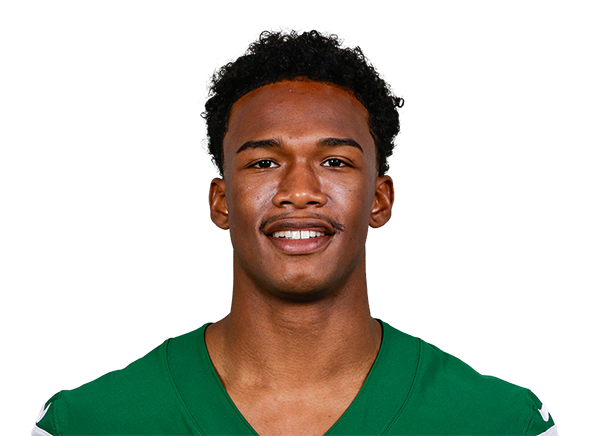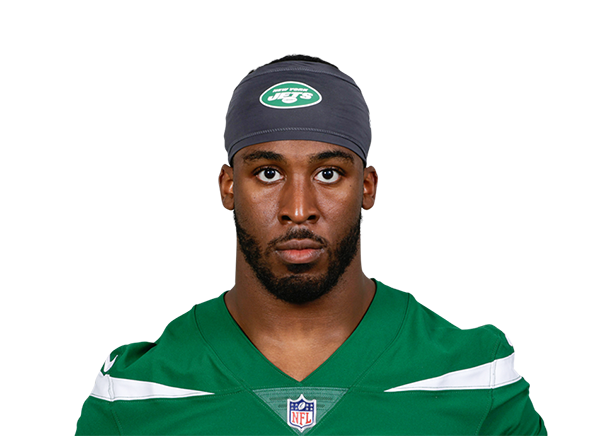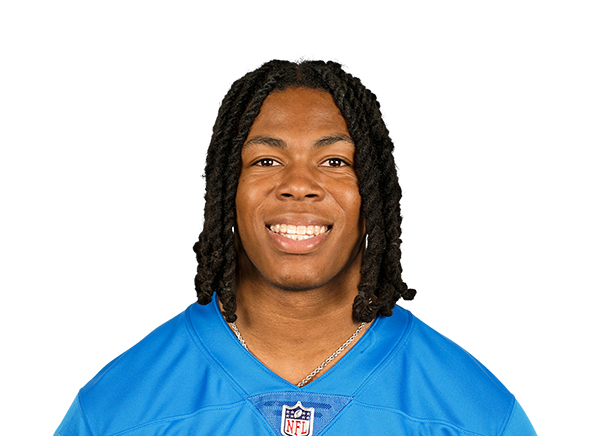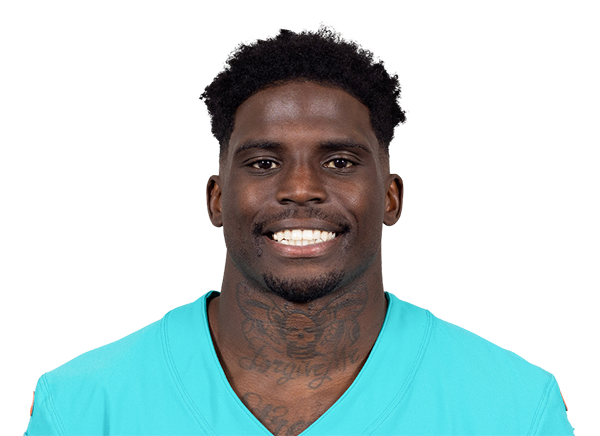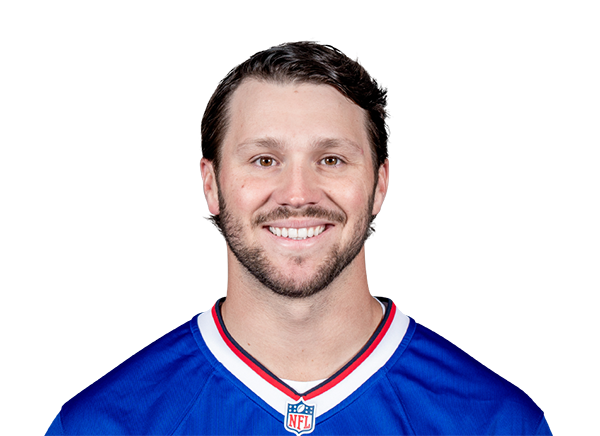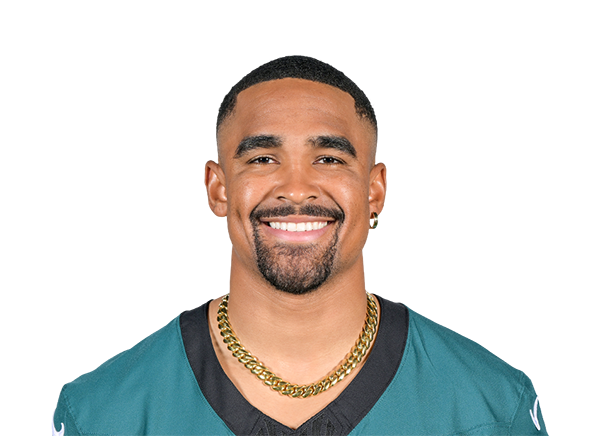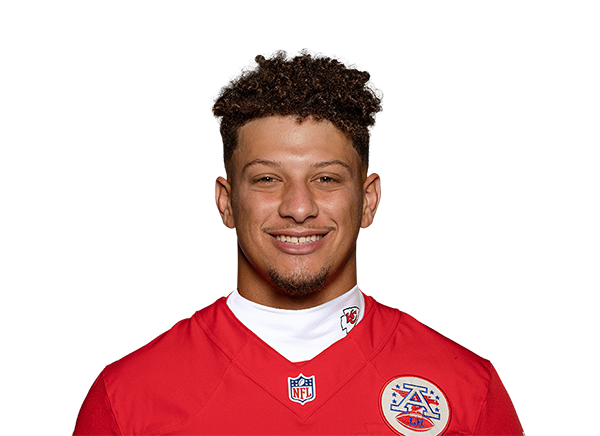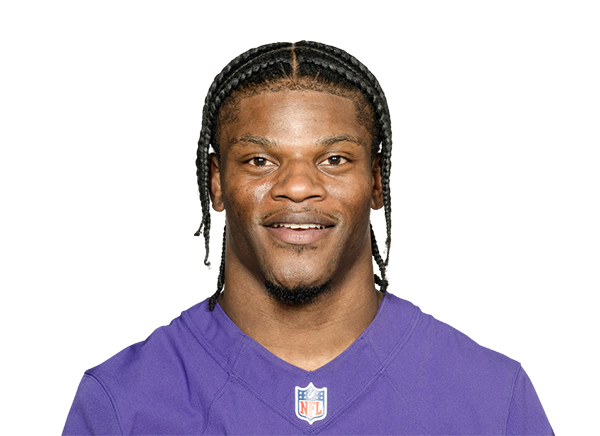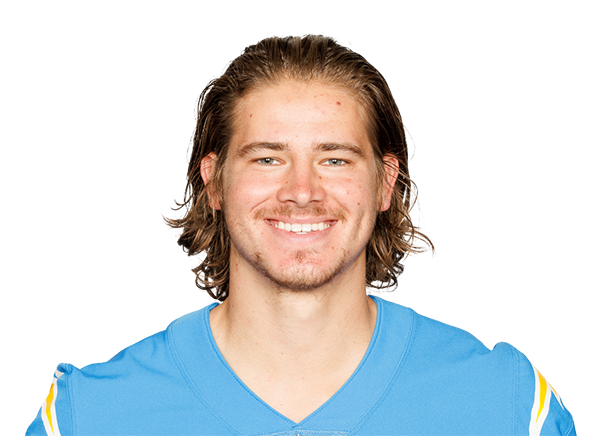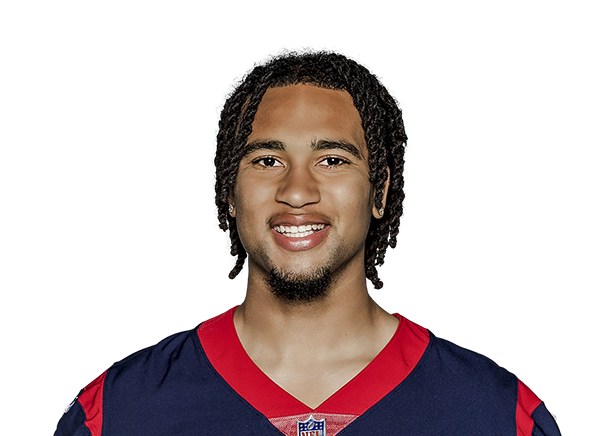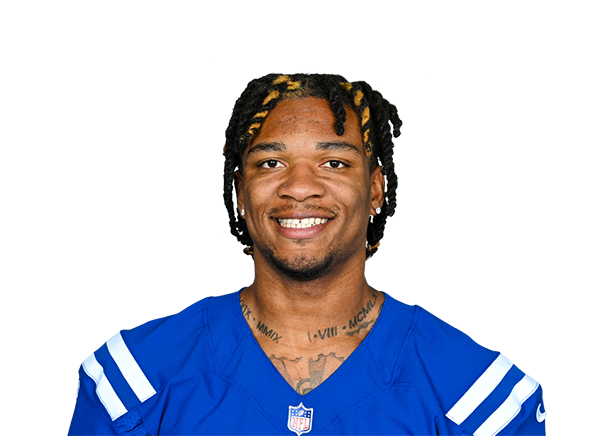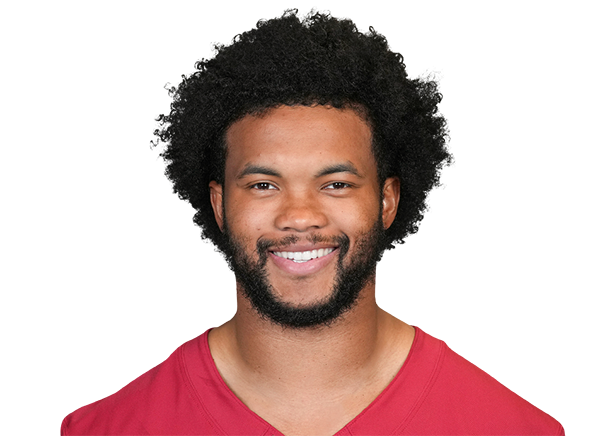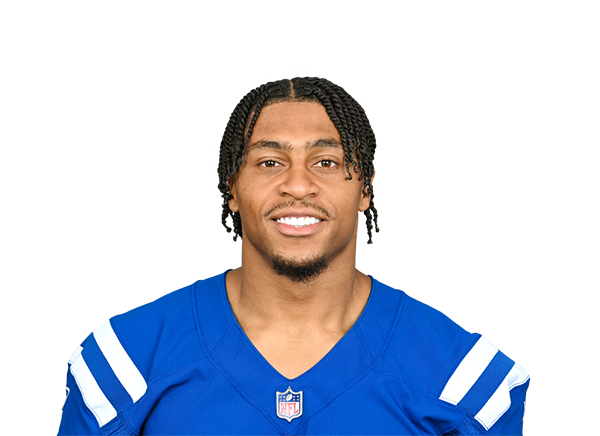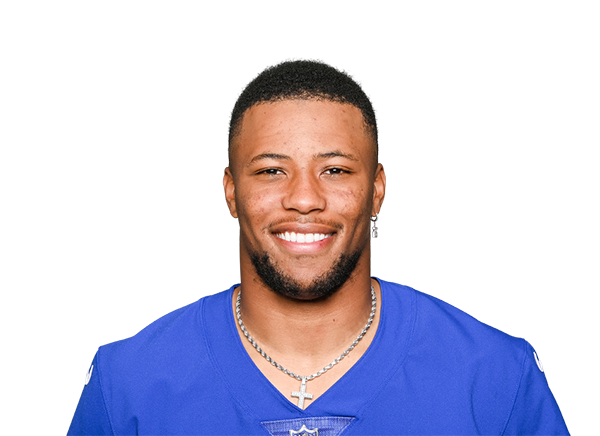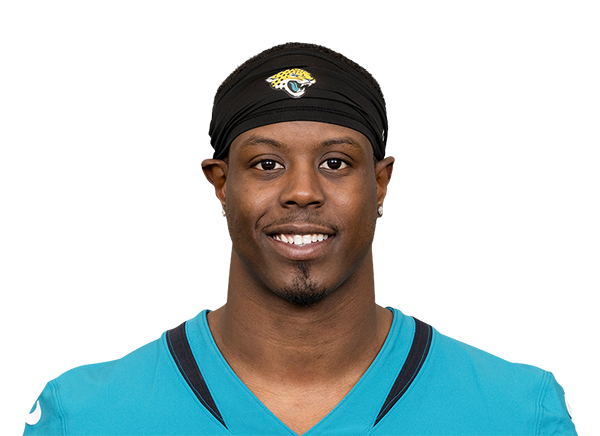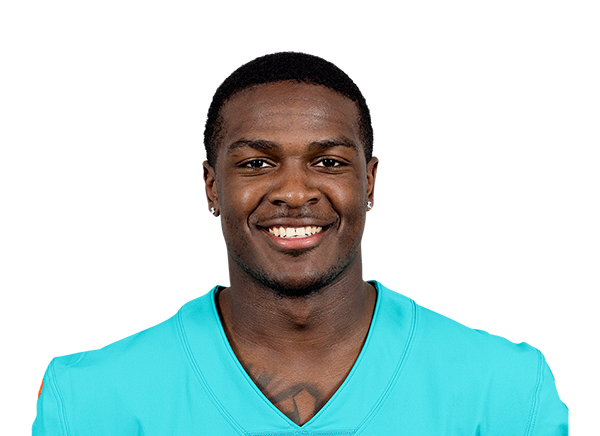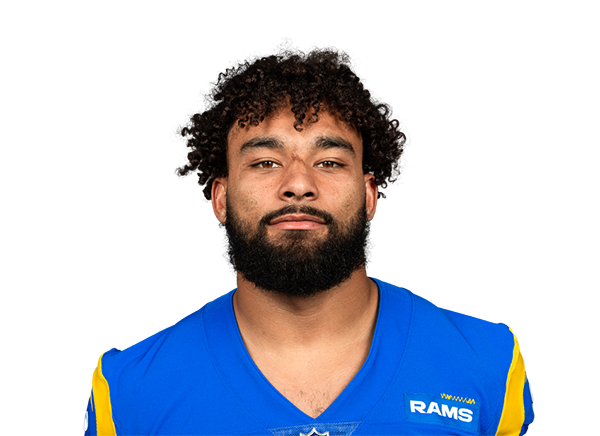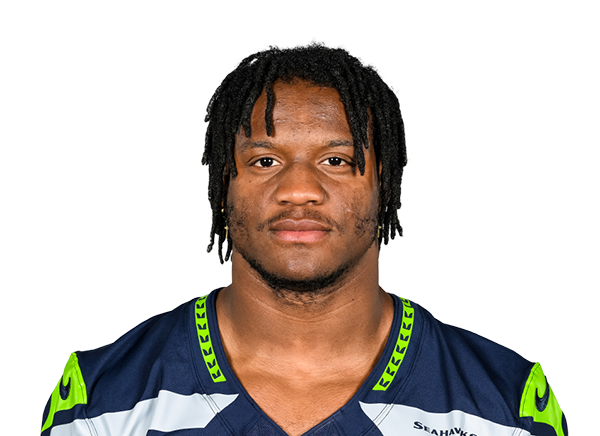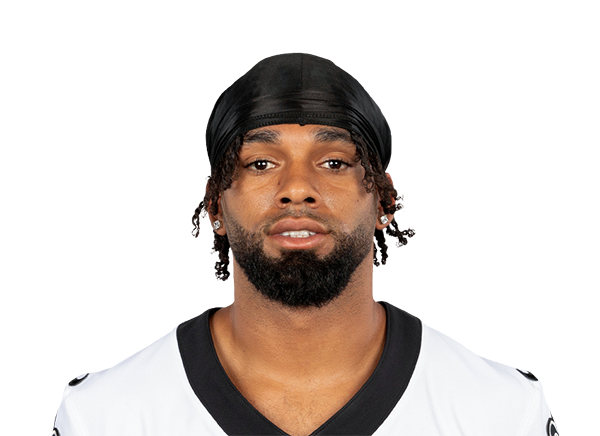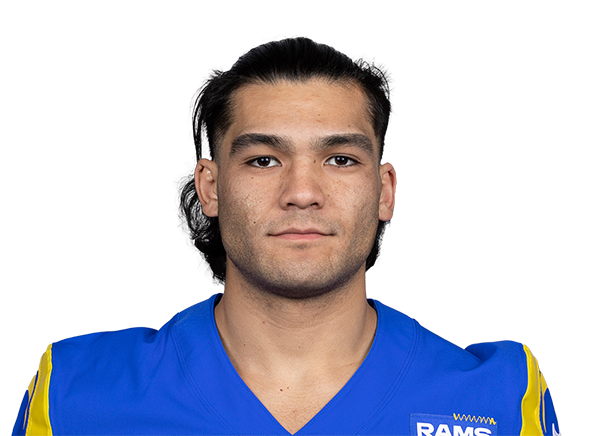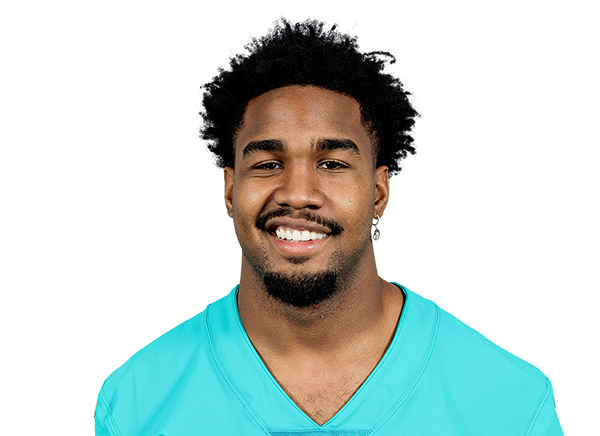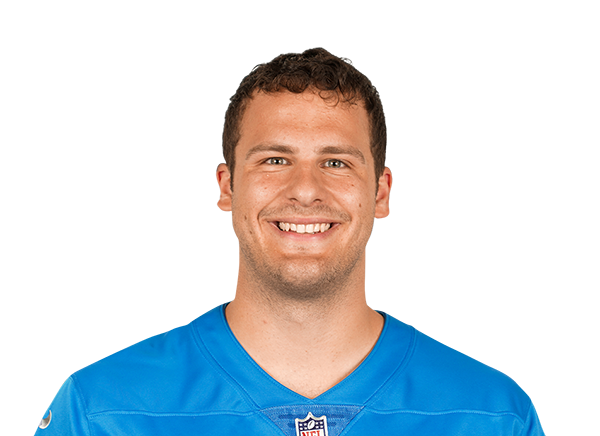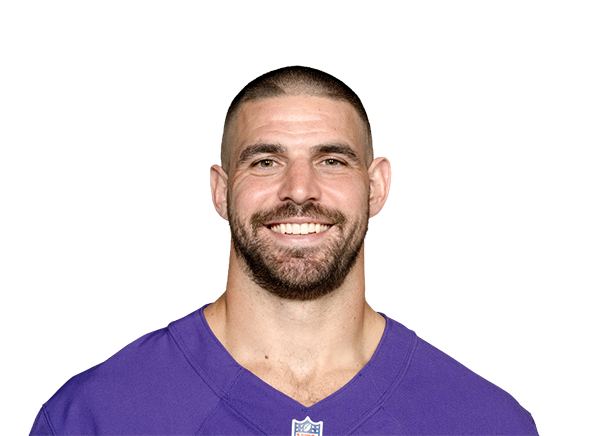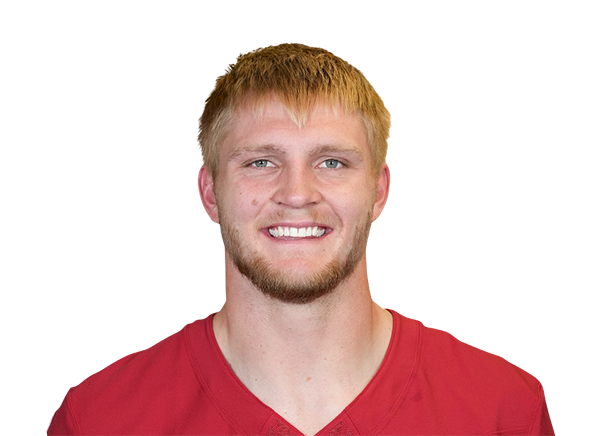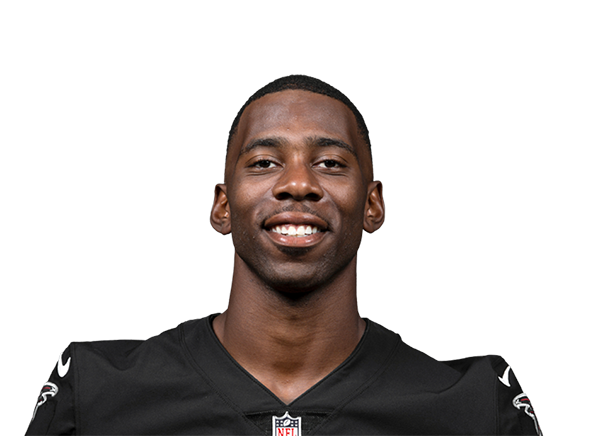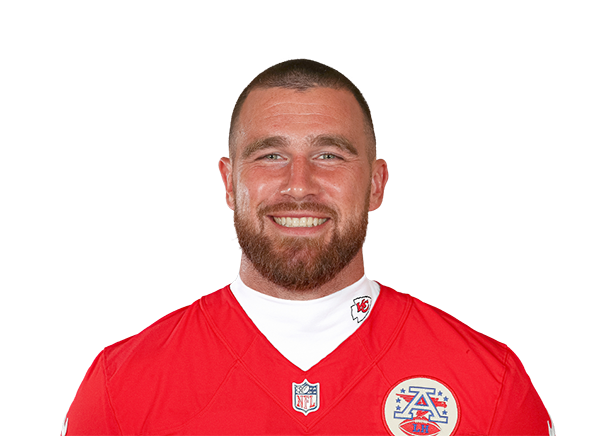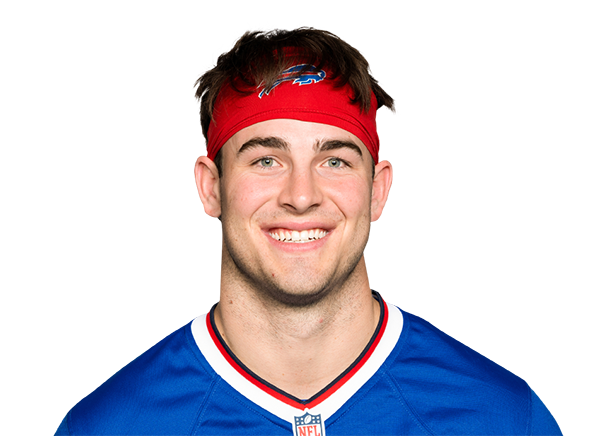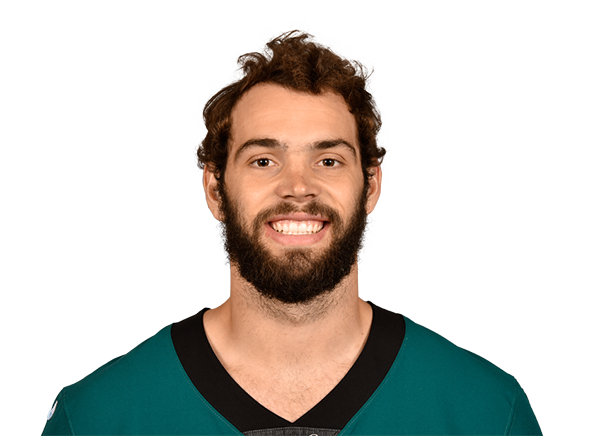Running Back Opportunity Share Report: Week Five
Editor’s note: This article was written by Dave Wright (@FF_Spaceman). Please welcome Dave to DLF!
Welcome to the Running Back Opportunity Share Report, a new weekly series examining how teams are deploying their running backs. Volume is king in fantasy football and a running back’s volume is the most predictive and reliable data for fantasy success. Whereas, efficiency metrics (yards per carry or yards per touch) and touchdown numbers are unreliable year to year and fail to predict future production.
What is RB Opportunity Share?
RB Opportunity Share is calculated by combining a player’s carries and targets and dividing them by the team’s total non-quarterback carries and running back targets.* This provides a single metric to illustrate the percentage of the team running back opportunities a player is receiving.
Why RB Opportunity Share?
A common argument against advanced metrics is they overcomplicate things. Why bother with RB Opportunity Share when carries, receptions, yards, and touchdowns are used to calculate fantasy points? The simple answer is counting stats fail to account for game-script, offensive scheme, games played, and opponents. A percentage of team opportunities provides context to how a coach wants to use a player independent of other variables.
Below is a graph displaying the correlation between RB Opportunity Share and PPR points per game. The R² or correlation is relatively strong between RB Opportunity share and PPR points per game. RB Opportunity Share is a simple metric to help fantasy managers make more informed decisions involving trades, waiver wire moves, and start/sit decisions.
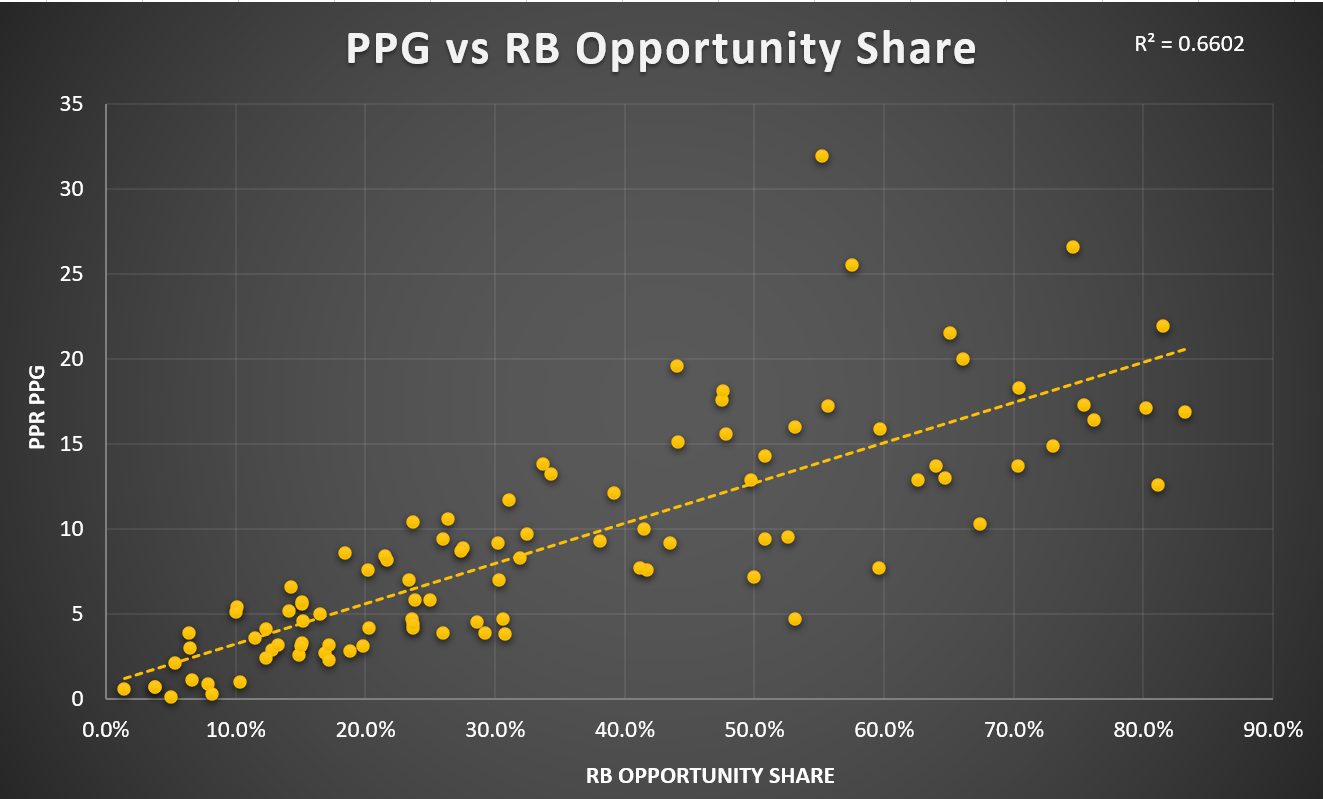
Bellcow Report
For this series, bellcow running backs will be defined as running backs with an Opportunity Share greater than or equal to 70 percent.
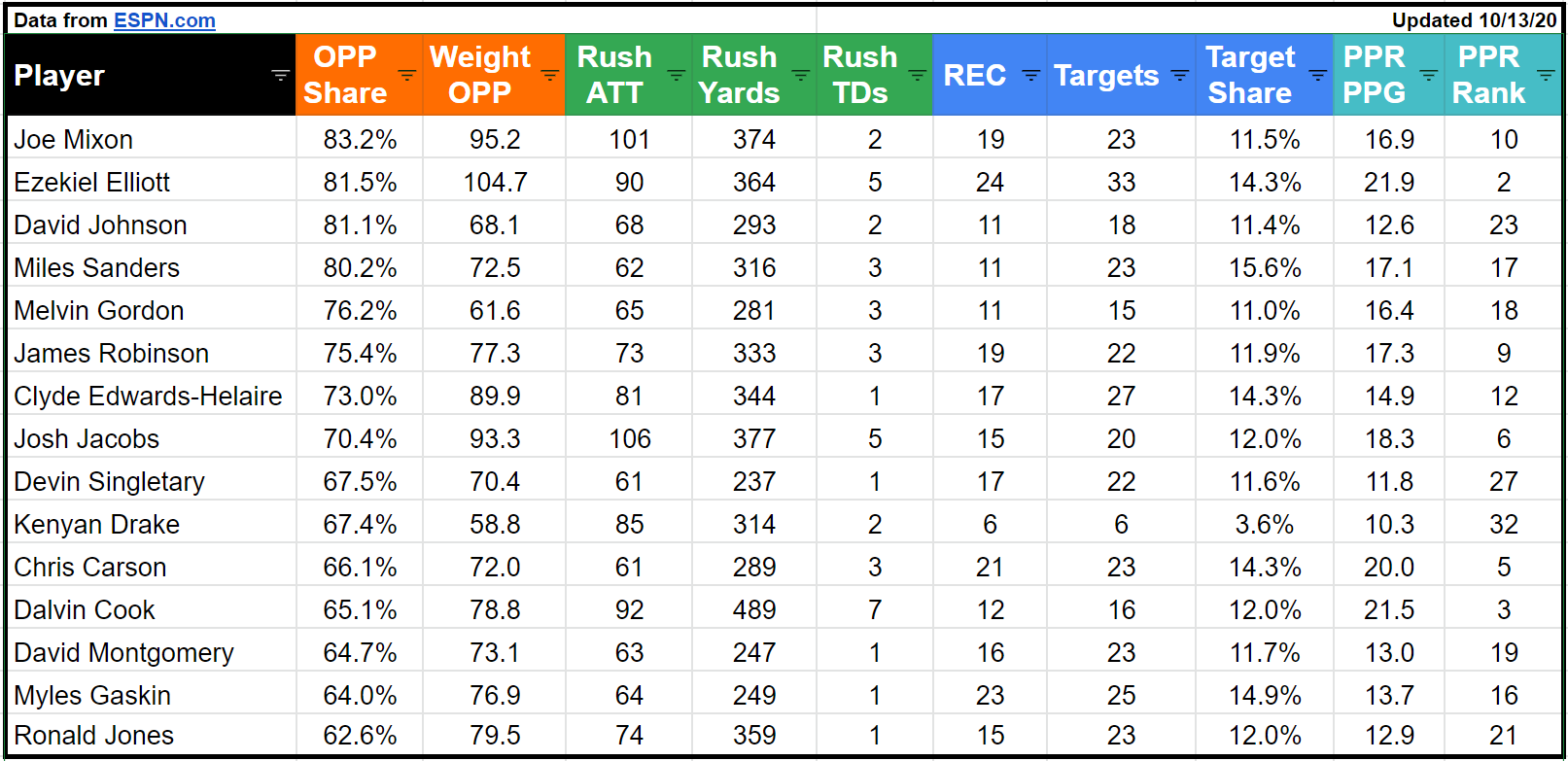
Blue Chips: Ezekiel Elliott, Miles Sanders, James Robinson, Clyde Edwards-Helaire, and Josh Jacobs.
Uncertain Future: Joe Mixon, Melvin Gordon, Devin Singletary, Kenyan Drake, and Ronald Jones.
Better Days Ahead: David Johnson
Ezekiel Elliott, RB DAL
Through five weeks of the NFL season, Zeke has delivered on his draft capital and is dominating the backfield opportunities in Dallas. Elliott is the RB4 on a per-game basis driven by his 81.5 percent Opportunity Share (second in NFL). The most encouraging part of Zeke’s usage in 2020 has been his 6.6 targets per game and he is on pace for a 100 target season.
The concerns over Tony Pollard cutting into Elliott’s role and Mike McCarthy’s tendency to not feature a bellcow back in Green Bay seem like distant memories. Losing Dak Prescott for the season isn’t good news for Zeke, but Dallas’ defense (24th in Football Outsiders Defensive DVOA) should provide plenty of offensive volume for the remainder of the season.
Miles Sanders, RB PHI
Despite missing the season opener and Philadelphia’s offense being ravaged by injuries, Sanders has been a bright spot for the Eagles. His 80.2 percent Opportunity Share (fourth in NFL) squashed any concerns over Doug Pederson’s historical running back usage trends. An ongoing theme in this series and the most encouraging part of Sanders’ opportunity is his receiving volume. Sanders’ 15.6 percent target share (fourth in NFL) offers a safe floor but also raises his ceiling considerably.
A handful of missed targets have been the only thing holding Sanders back so far this season. Despite this, he’s the RB12 in PPG and the RB17 overall. Sanders cashed in on his 93.8 percent Opportunity Share in a big way in Week Five by finishing as the RB3. If Sanders can manage to have both his rushing and receiving skills going at the same time his fantasy managers will have a special season on their hands.
Clyde Edwards-Helaire, RB KC
At the beginning of July, if a fantasy analyst had predicted Clyde Edwards-Helaire would have a 73 percent Opportunity Share (seventh in NFL), would be a top-12 running back, be top ten in rush yards, and would average 5.4 targets per game, the community would have called them crazy. Fast Forward four months and Edwards-Helaire is smashing early expectations in everything except touchdowns, an extremely volatile stat.
Based on his workload, Edwards-Helaire has scored 23.1 fantasy points under expectation through five weeks. His solid peripheral numbers indicate Edwards-Helaire’s workload should remain the same. All of this implies Edwards-Helaire is performing well in his opportunities and touchdowns should be coming soon, though the recent addition of Le’Veon Bell throws all of this into a huge mess.
James Robinson, RB JAC
Is anyone else tired of hearing how Robinson is the biggest sell high candidate in fantasy football? Robinson has a 75.4 percent Opportunity Share (sixth in NFL) on the season and an 11.9 percent target share. Gardner Minshew targets running backs at a high rate, the Jacksonville offensive line is considerably improved from last year, and there’s almost zero competition for touches behind Robinson on the depth chart.
Robinson has a strong grasp on the opportunity in Jacksonville and this shouldn’t be discounted based on extremely limited information during this year’s draft process.
Chris Carson, RB SEA
It was a noisy off-season for Carson due to injury concerns, his contract status, fumbling concerns, and all of the veteran running backs rumored to join Seattle throughout the off-season. Carson responded by putting up 20 fantasy points per game (fifth in NFL) and a 66.1 percent Opportunity Share (11th in NFL). Carson has quietly earned a 14.3 percent target share on one of the more exciting offenses in the NFL this season.
The importance of Carson’s targets were on display in week five when he only carried the ball eight times against Minnesota. In a game-script where Carson could easily have been faded out of the offense, he earned seven targets and saved his fantasy day. It looks like it will continue to be wheels up for Carson even when Hyde returns from his shoulder injury.
Myles Gaskin, RB MIA
Gaskin was overlooked heading into this season after being drafted in the seventh round by Miami in 2019. He was expected to work behind free agent acquisition Jordan Howard and preseason trade addition Matt Breida but he has exceeded expectations. Many analysts failed to acknowledge Gaskins four seasons at Washington with over 200 carries and three seasons with 19 or more receptions.
Gaskin has now worked his way to a 64 percent Opportunity Share (14th in NFL) and a 14.9 percent target share. In week five, Gaskin saw an 87.5 percent Opportunity Share (4th among RBs in week five), five targets, and the goal-line work. Still viewed by many as just a guy and not the long-term option in Miami, Gaskin remains relatively inexpensive despite his current workload.
David Montgomery, RB CHI
After satellite back Tarik Cohen was lost for the season, Montgomery had an 85.7 percent Opportunity Share (fifth among RBs) in week five mostly because of eight targets from Nick Foles. His Opportunity Share for the season is now at 64.7 percent (13th in NFL). While he was only able to turn his 17 touches into 59 yards, Montgomery’s increased receiving role is promising for fantasy purposes.
What made Montgomery so attractive coming out of school was his ability to catch the ball. If this can be unlocked this season, Montgomery’s floor and ceiling should rise drastically regardless of Chicago’s middling offense as a whole.
Melvin Gordon, RB DEN
Gordon’s 76.2 percent (fifth in NFL) Opportunity Share has paved the way for an RB14 season so far in PPG. Extremely impressive for a running back on his second contract, who underperformed from an efficiency standpoint last season, has accrued a lot of mileage throughout his career, and has suffered numerous lower-body injuries along the way.
Why the hesitancy for the rest of the season? Phillip Lindsay is returning from injury soon and will most likely cut into Gordon’s workload. Additionally, Denver’s offense is led by a combination of Jeff Driskel, Brett Rypien, and Drew Lock and is without Courtland Sutton. Fantasy managers should be happy with Gordon’s return on investment so far but a slight decrease in opportunity could be in store for the veteran running back.
David Johnson, RB HOU
Johnson has operated as the workhorse back in Houston all season and it shows with his 81.1 percent Opportunity Share (third in NFL). Despite this, Johnson is RB27 in PPG. Largely in part to Bill O’Brien’s offense being a bottom 25th percentile offense through the first four weeks.
Last week the Texans scored 30 points, featured more play-action passes, and Johnson had 19 touches for 100 yards. New leadership, a significantly easier schedule, and a continued high Opportunity Share could lead to more fantasy points in the weeks ahead.
Week Five RB Opportunity Shares
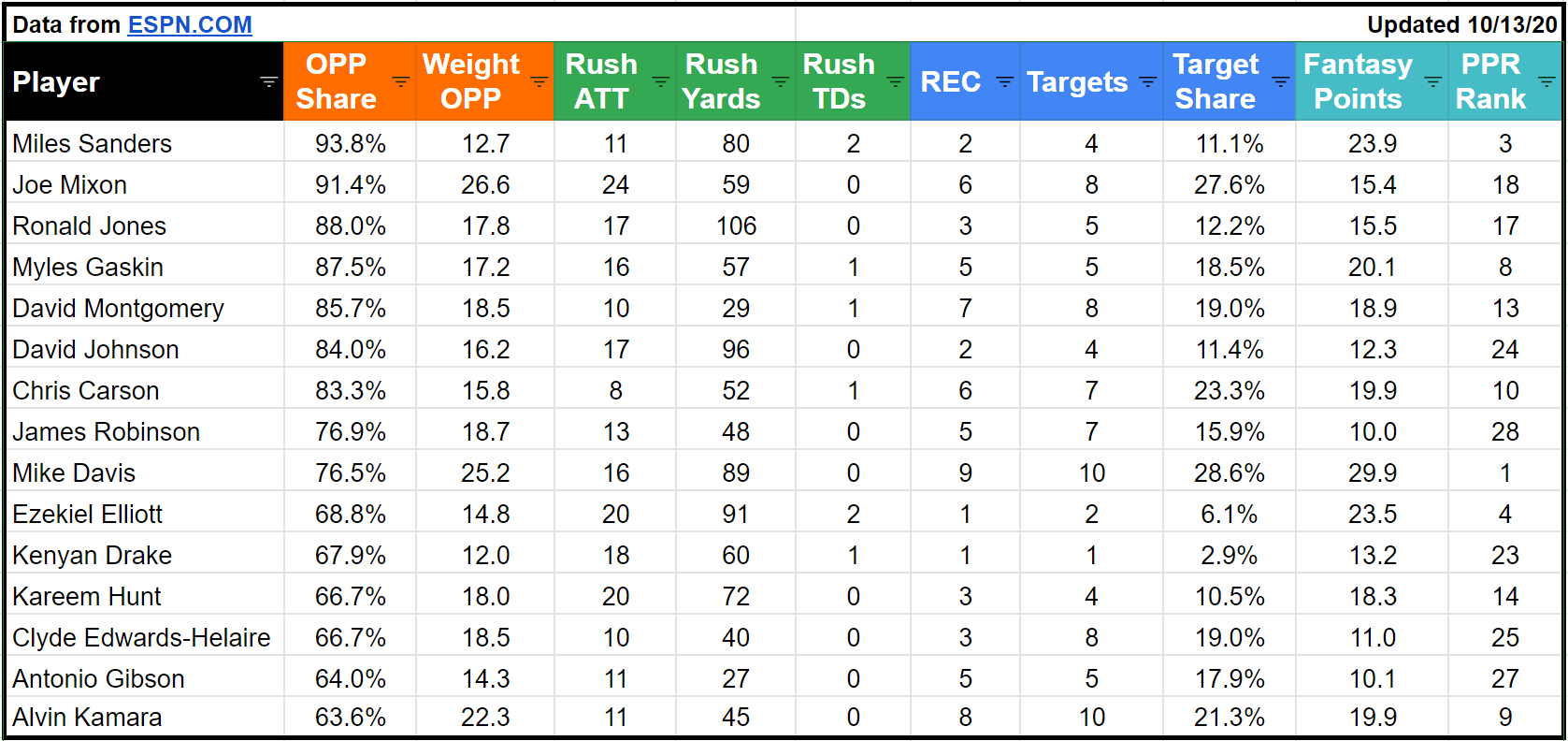
Holy RB Targets, Batman
13 of the top 15 running backs in Opportunity Share had four or more targets in week five. Seven running backs had seven or more targets. The only running backs in the top-15 who didn’t have four or more targets were Ezekiel Elliott (averaging 6.6 targets per game) and Kenyan Drake (historically considered a good pass catcher). Targets are extremely valuable in fantasy football. Scott Barrett has famously pointed out targets have been worth 2.74 times as much as a carry in PPR leagues.
Joe Mixon, RB CIN
Mixon is a concern for many fantasy managers despite his impressive 83.2 percent Opportunity Share (first in NFL). Mixon has a treacherous schedule, is playing behind a poor offensive line, and it has led to inconsistent fantasy performances this season. However, Mixon’s eight targets (27.6 percent target share) in week five might finally be the usage fantasy players have been hoping for the last two seasons under Zac Taylor.
It’s too early to tell yet, but increased volume in the passing game could make Mixon less game-script and match-up dependent while offering more consistency for the rest of the season.
Ronald Jones, RB TB
Jones had an 88 percent Opportunity Share (third among RBs) in week five with Leonard Fournette only available on an emergency basis and LeSean McCoy out. Jones was robbed of a touchdown last week and it prevented him from an even bigger fantasy performance. The real question for Jones is how Bruce Arians will deploy his running backs once Fournette returns to the line up next week. Regardless, his volume in week five is a promising sign for Ronald Jones truthers.
Mike Davis, RB CAR
Since the Christian McCaffrey injury and over the last three games, Davis has commanded a 75.1 percent Opportunity Share and 25 targets. Davis is a locked-in RB1 for as long as McCaffrey remains on IR. Davis’ production could also offer Carolina an opportunity to slowly bring back McCaffrey from injury.
Meanwhile, Davis might have earned an increased role once McCaffrey returns to full health in an effort to keep him fresh. Either way fantasy managers will continue to enjoy Davis’ targets and Opportunity Share in the meantime.
Kareem Hunt, RB CLE
In his first full game without Nick Chubb, Hunt enjoyed a 66.7 percent Opportunity Share (12th among RBs) in week five. Hunt handled 20 carries and only saw four targets which was surprising considering Hunt’s receiving ability. For as long as Chubb remains out, Hunt is a must-start low-end RB1 or high-end RB2 for fantasy purposes.
Devin Singletary, RB BUF
Singletary was an extremely polarizing player this off-season but prior to the season his supporters would have been excited with his 67.5 percent Opportunity Share (ninth in NFL). However, Buffalo has changed from one of the most run-heavy offenses last season to one of the most pass-happy offenses this season. In spite of this Singletary is only averaging 4.4 targets per game and his overall volume could be troublesome going forward.
Zack Moss should be coming back soon after missing three games with an injury and Josh Allen’s three rushing touchdowns make him a quasi goal-line-back. Plus, in week five in a pass-friendly, come from behind game-script Singletary only managed one target. Uncertain times lie ahead for Singletary’s opportunity.
Intriguing Backfields
Arizona Cardinals
On the surface, Arizona’s depth chart seems straightforward. Kenyan Drake has a 67.4 percent Opportunity Share (tenth in NFL) compared to Chase Edmonds’ 31.1 percent Opportunity Share. Drake has out-snapped Edmonds too, 239 (67.1 percent Snap Share) to 131 (36.8 percent Snap Share). However, Edmonds has now outscored Drake 58.6 to 51.6 in overall fantasy points and is scoring a full point more than Drake on a per touch basis (1.6 to 0.6 fantasy points per touch). Additionally, Edmonds has almost four times as many targets as Drake and has a 13.6 percent target share to Drake’s 3.6 percent target share.
Even though Edmonds is cleary outproducing Drake, Kliff Kingsbury didn’t change his running back usage in week five. Drake had a 67.9 percent Opportunity Share and Edmonds had a 32.1 percent Opportunity Share. Edmonds did see a slight bump in Snap Share in week five and saw 45.3 percent of the snaps but Drake’s Snap Share remained the same. Kingsbury appears to be content with his running back touch distribution for the moment but Chase Edmonds is making a strong case for more work in Arizona’s backfield.
Baltimore Ravens
The Ravens backfield is essentially a three-back-committee. Mark Ingram is getting the most volume with a 41.7 percent Opportunity Share. Gus Edwards is next in line with a 30.8 percent Opportunity Share and JK Dobbins has a 21.7 percent Opportunity Share. Interestingly enough Dobbins is leading the backfield in snaps with a 35.3 percent Snap Share but all three players snaps are relatively close. Ingram has a 33 percent Snap Share and Edwards a 31.7 percent Snap Share.
The only noticeable usage trend is Ingram’s Snap Share has decreased gradually since week three but he is still consistently receiving the most touches on a weekly basis. Dobbins is doing the most with his touches and is scoring 1.6 fantasy points per touch compared to Ingram’s 0.8 fantasy points per touch and Edwards 0.6 fantasy points per touch. Dobbins is also out-targeting Ingram and Edwards ten targets to five targets to three targets. There are no signs indicating the Ravens are going to change the touch distribution in their backfield anytime soon but Dobbins is making a good case for a larger workload at some point this season.
Los Angeles Chargers
After placing Austin Ekeler on IR following his Week Four injury, the majority of the fantasy community expected Joshua Kelley to lead the Charger’s backfield in touches. Justin Jackson went down with an injury early in week one and Kelley had flashed in spots during the first part of his rookie season. However, Justin Jackson dominated the week five Opportunity Share 60.0 percent to 34.3 percent. Jackson out-snapped Kelley 42 to 25 and had six targets to Kelley’s one target. Kelley still had 12 touches in week five but appears to be the RB2 in the Chargers backfield for the moment.
Los Angeles Rams
Cam Akers returned from his rib injury in week five and operated as the third running back for Sean McVay and the Rams. Darrell Henderson had a 50.0 percent Opportunity Share, Malcolm Brown a 26.3 percent Opportunity Share, and Cam Akers a 23.7 percent Opportunity Share. Henderson finished the week as the RB6 in fantasy points and looks to be in control of the backfield. Following the game, McVay said Akers had earned more touches after his solid performance last week but it will be difficult to supplant Henderson after his dominance the previous two weeks.
San Francisco 49ers
In week five, Raheem Mostert returned to the 49ers after missing two games with an ankle injury. He immediately resumed his lead back role with a 50 percent Opportunity Share and scored 14.9 fantasy points. Jerick McKinnon was relegated to a 17.9 percent Opportunity Share and a 25.0 percent Snap Share in week five after earning a 76.6 percent Opportunity Share over the last two games. All signs point to Mostert leading this backfield as long as he remains healthy.
Washington Football Team
Through five games Antonio Gibson is leading the Washington backfield with a 49.7 percent Opportunity Share and JD McKissic has a 30.3 percent Opportunity Share. After losing touches to Peyton Barber in week one, Antonio Gibson has consistently out-touched the other backs in Washington. McKissic is operating as the receiving back and has a 14.6% target share. While not the primary pass-catcher out of the backfield, Gibson has earned a 9.9% target share so far during his rookie season. Gibson could continue to see more opportunities this season as he continues to develop.
This wraps up the RB Opportunity Share Report for week five. The stats used in this article can be found in my free spreadsheet here.
*Some sites use only running back carries instead of non-quarterback carries. Due to an increased number of designed wide receiver and tight end runs in today’s NFL non-running back carries presents a more complete picture of a running back’s opportunity. If there was a better and more readily available stat for quarterback designed runs they would be included as well.
- 2024 Dynasty Rookie Early Look: Keon Coleman, WR Florida State - February 2, 2024
- 2024 Dynasty Rookie Early Look: Brock Bowers, TE Georgia - January 28, 2024
- 2023 Dynasty Rookie Post-Draft Update: Sam LaPorta - June 17, 2023





